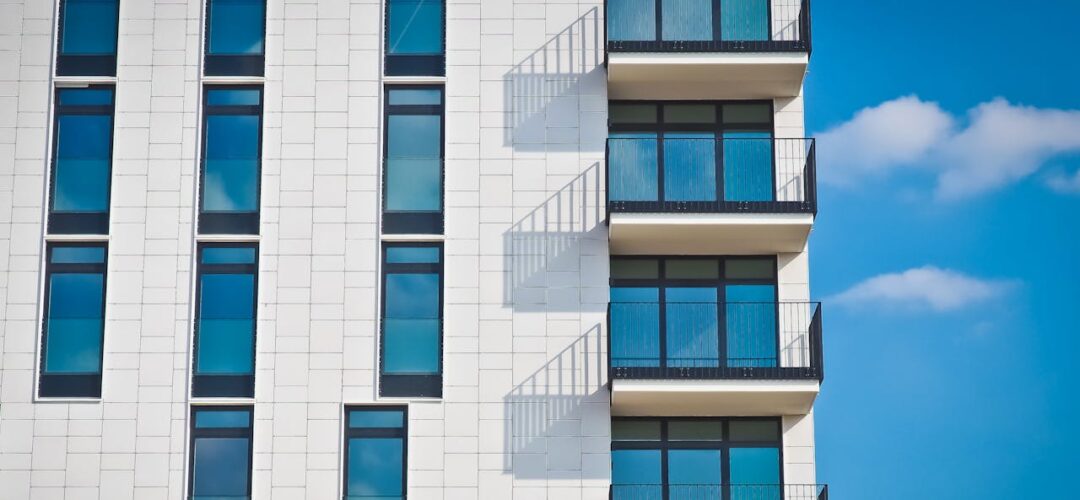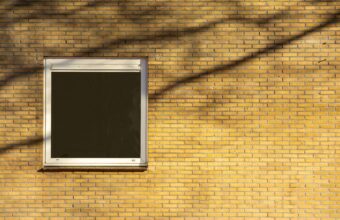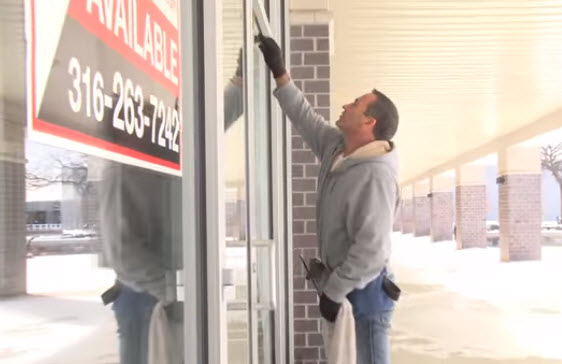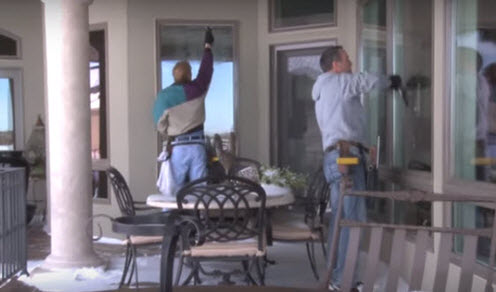When it comes to choosing solar tint for your windows, one of the common questions that arise is, “How dark can solar tint get?” Understanding the darkness level of solar tint is for determining its suitability for your specific needs.
- Darkness Levels
- Solar tint is available in a range of darkness levels, typically measured as a percentage of visible light transmission (VLT). The lower the VLT percentage, the darker the tint. Common darkness levels include 5%, 10%, 20%, and 35%, among others.
- A 5% VLT tint is the darkest option, providing maximum privacy and glare reduction. It allows only 5% of visible light to pass through, resulting in a significantly darker interior compared to higher VLT tints.
- Privacy and Glare Reduction
- Darker solar tints, such as 5% VLT, offer superior privacy by obscuring the view into your space from the outside. They also provide excellent glare reduction, making them ideal for areas with intense sunlight or where privacy is a priority, such as bedrooms, bathrooms, or conference rooms.
- Legal Regulations
- Check local regulations and laws regarding window tint darkness levels, as they may vary depending on your location. Some jurisdictions have restrictions on the darkness of window tint to ensure visibility and safety for drivers and pedestrians.
- Interior Aesthetics
- While darker solar tints offer enhanced privacy and glare reduction, they can also significantly darken the interior of a space. Consider the impact of a darker tint on the ambiance and aesthetics of your room, especially if natural light is vital for creating a bright and inviting atmosphere.
- Personal Preference
- The choice of solar tint darkness level depends on personal preference and specific requirements. Some individuals prefer darker tints for maximum privacy and light control, while others may opt for lighter tints to maintain a brighter interior.
Solar tint darkness levels vary based on visible light transmission percentage, with lower VLT percentages indicating darker tints. Consider factors such as privacy needs, glare reduction, legal regulations, interior aesthetics, and personal preference when selecting the appropriate darkness level for your solar tint.






